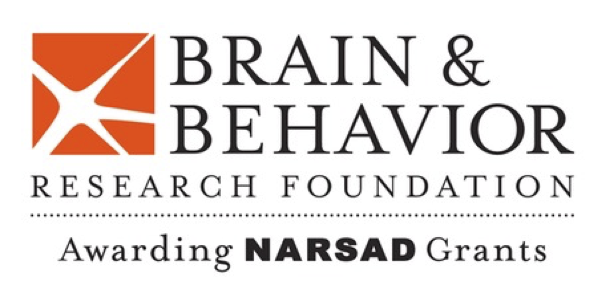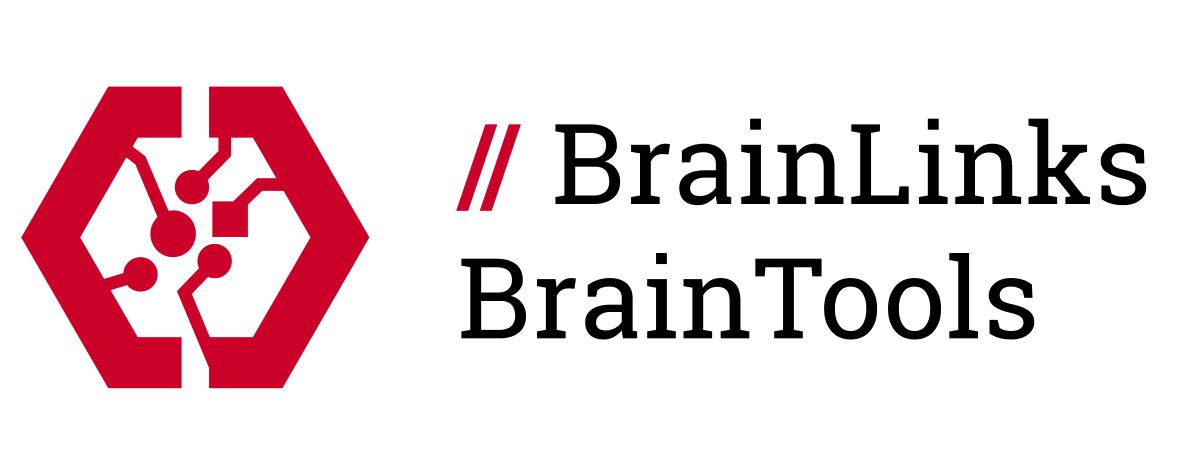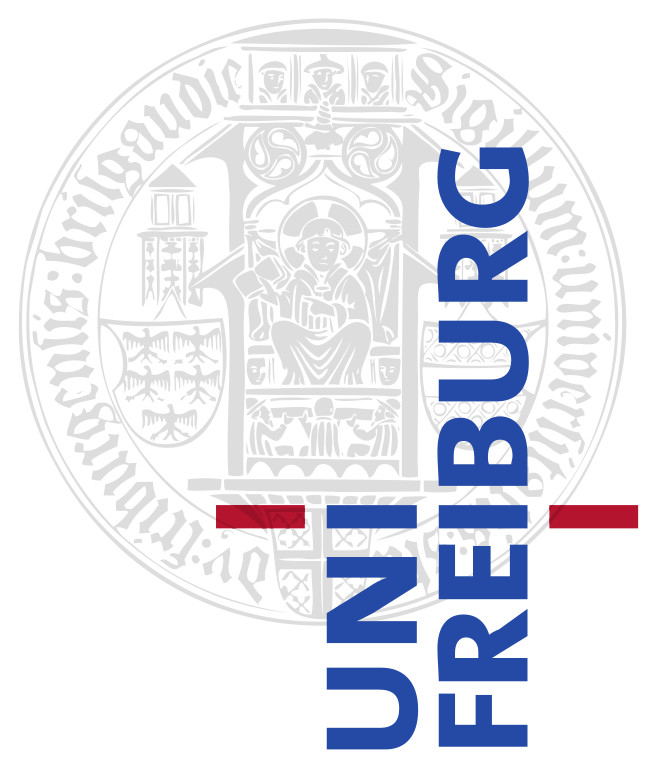Brain Development and Regeneration
How does our brain develop, get sick and repair itself? We engage in neurobiology, the study of brain cells, to answer this question. While neurons form a major part of the nervous system, we focus our research on their relatives and neighbours known as glia.
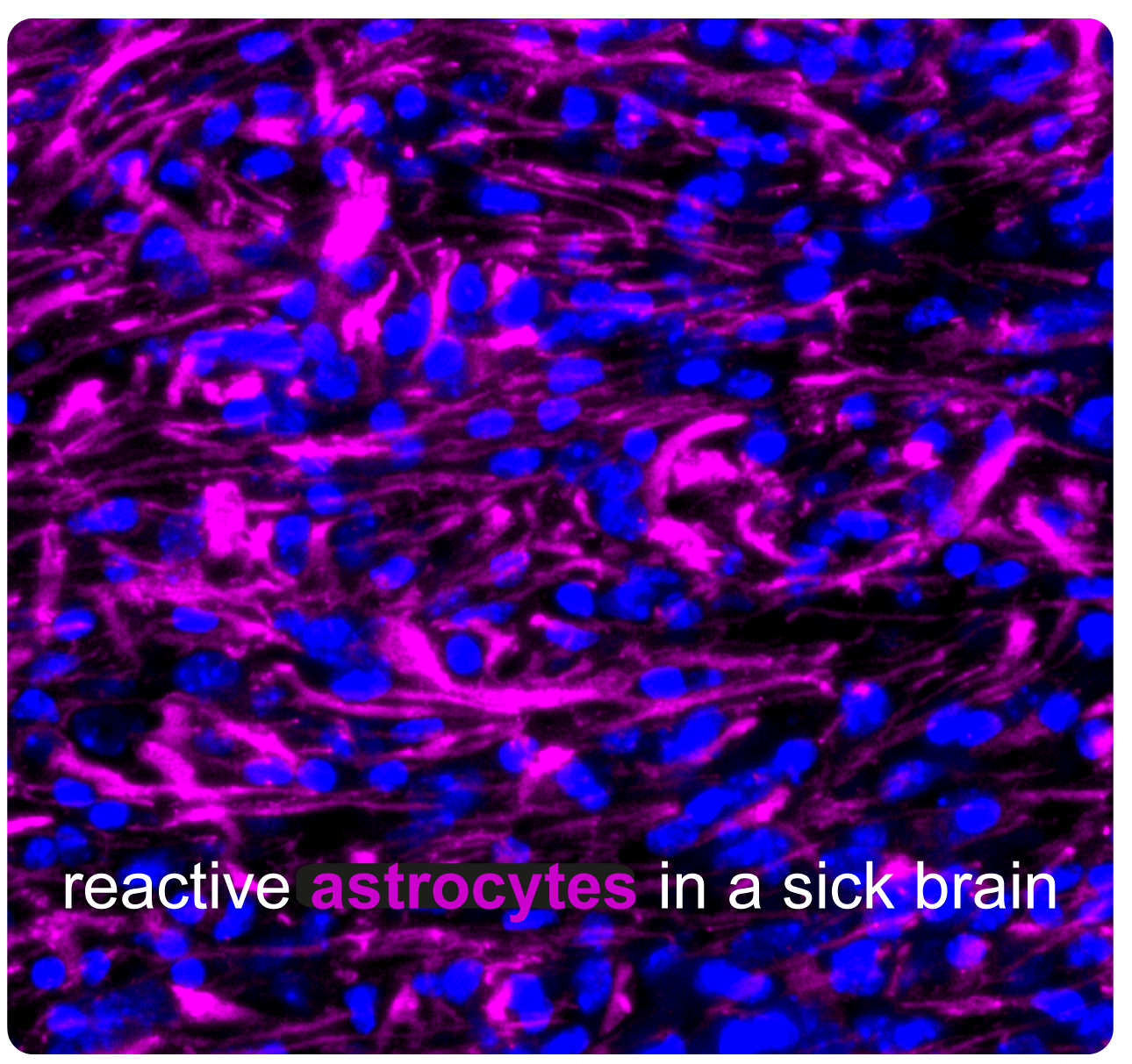
How do the different types of glial cells, such as astrocytes and microglia, support the healthy development of the brain? Glia are important in the maintenance and (immune) protection of our nervous system. In disease and injury, glial cells alter themselves in response to a disrupted steady state, potentially to restore health to their neuronal environment. We believe that glia are critical drivers of repair in the brain across the lifespan and want to find out how they do their job. Through understanding the heterogeneity, fate, fundamental biological mechanisms, and functions of glial cells at single-cell resolution, we aim to provide insights into neurodevelopmental, neuropsychiatric, and neurodegenerative diseases, including autism, schizophrenia, major depression, substance use disorders, dementia, and traumatic brain injury.
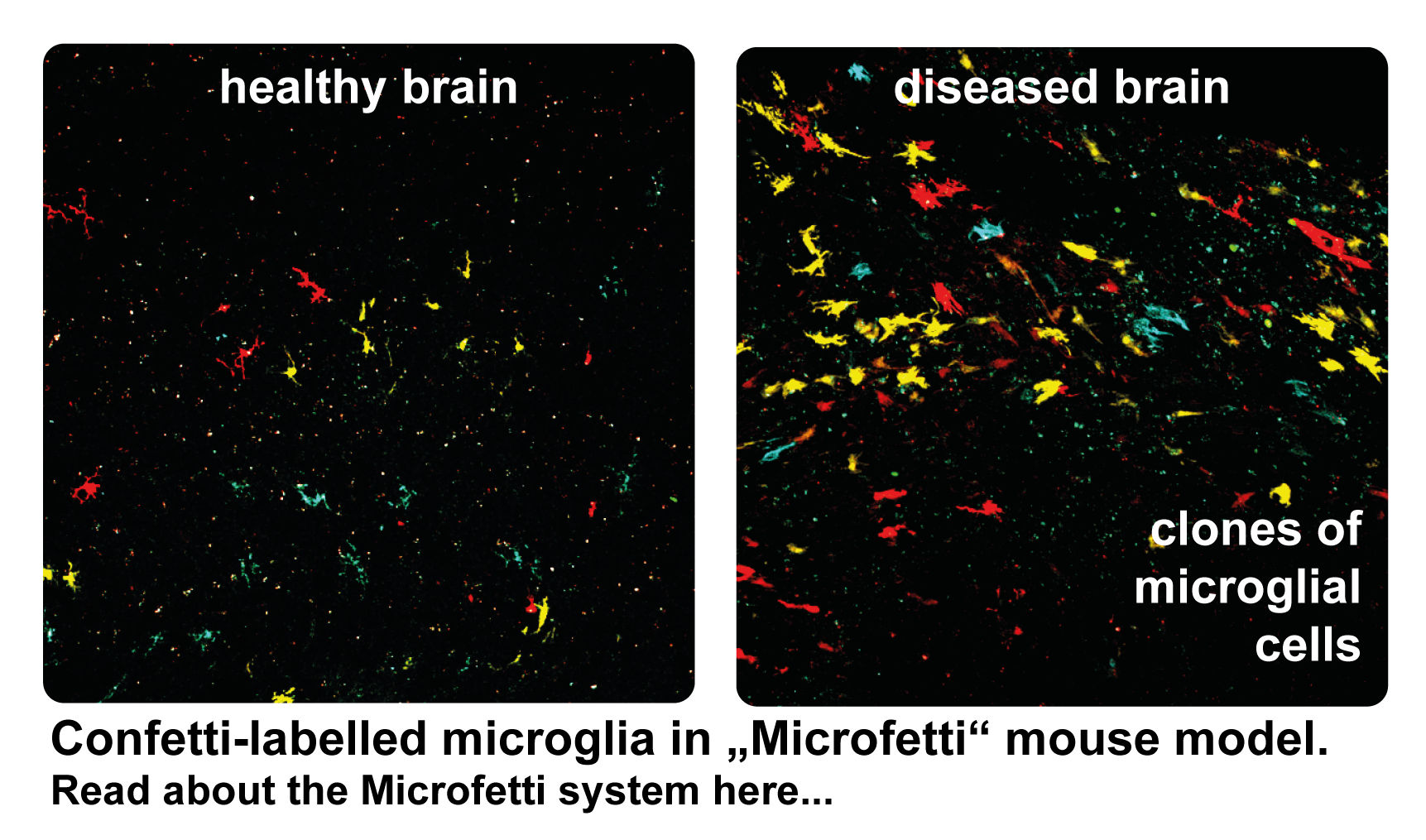
In our lab, we apply a wide spectrum of interdisciplinary approaches, including the use of different biological models (e.g., cells, tissues, organisms), high-resolution microscopy, next-generation sequencing, multi-omic technologies, brain-machine interface (neurotechnologies), and machine learning. We collaborate with scientists from across the world to enrich our array of research tools, exchange ideas, develop new scientific questions, and to achieve our goals.
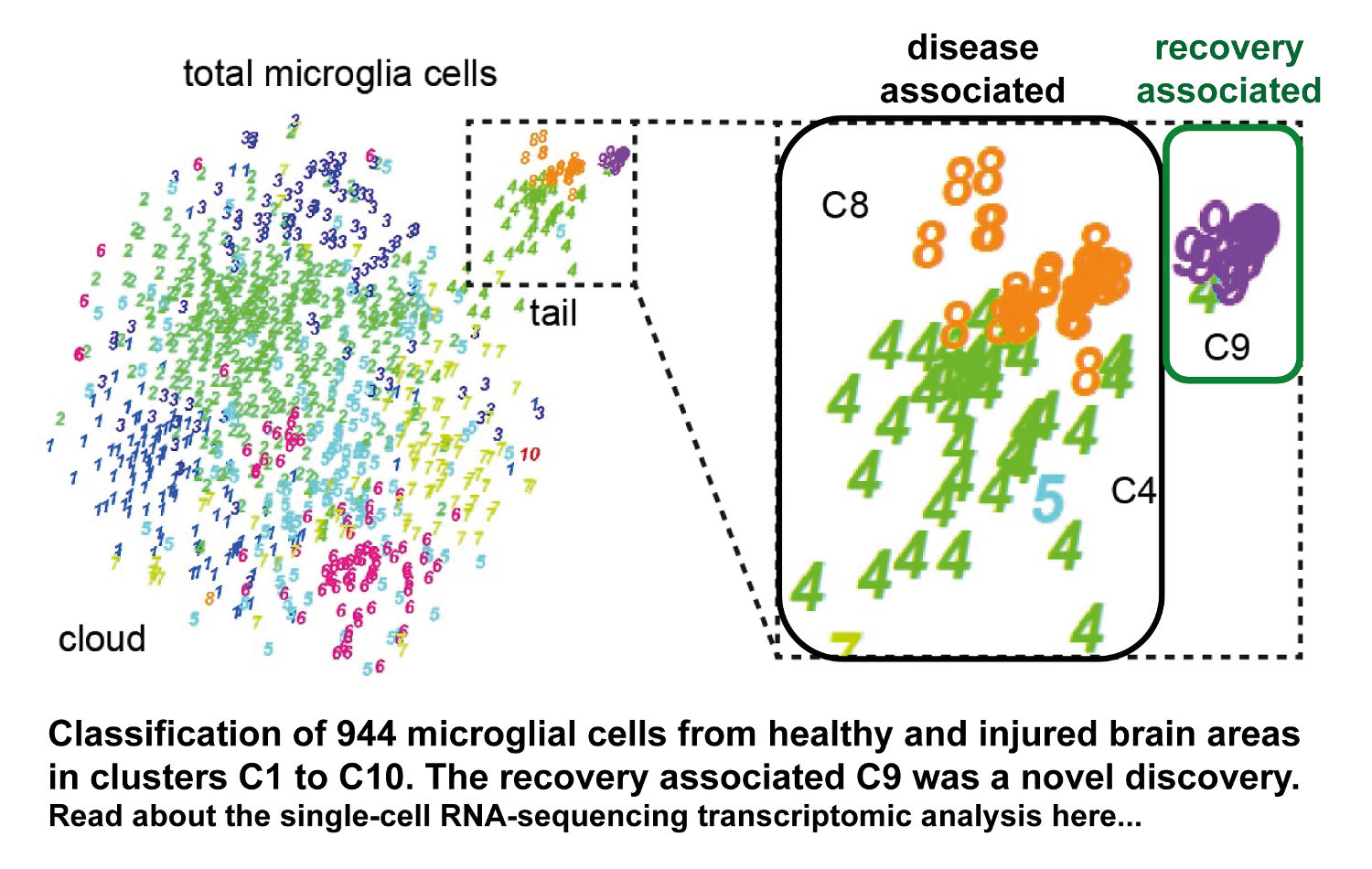
We thank the following funding agencies, foundations, and consortiums for supporting our work:


